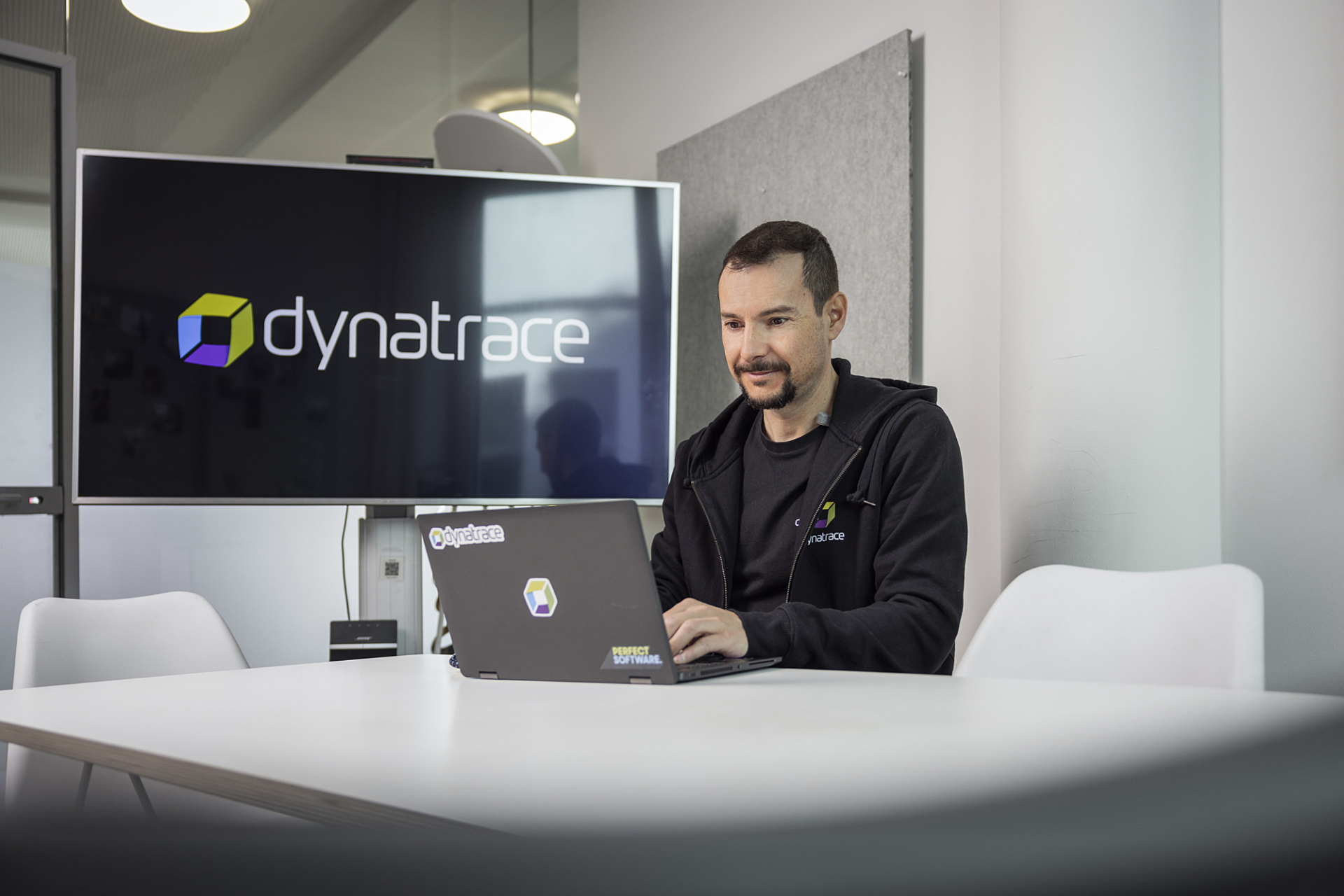
As containerization remains a priority for enterprises in the cloud, it's important to understand container as a service. Discover how CaaS works, its benefits, and how Dynatrace OneAgent can help.
The containerization craze has continued for enterprises, with benefits such as portability, efficiency, and scalability.
In fact, according to a Gartner forecast, revenue for global container management software and services will reach $944 million in 2024 — up from $465.8 million in 2020. With the significant growth of container management software and services, enterprises need to find ways to simplify the process. The solution: container as a service.
But what is container as a service (CaaS)? In what follows, we discuss how CaaS works, its benefits, choosing a provider, and the essential role of full-stack visibility.
What is container as a service, and how does it work?
Container as a service is a cloud-based service that allows companies to manage and deploy containers at scale. Container environments enable enterprises to quickly deploy and develop cloud-native applications that can run anywhere. These containers are software packages that include all the relevant dependencies needed to run software on any system.
CaaS automates the processes of hosting, deploying, and managing container technologies. Because container as a service doesn’t rely on a single code language or code stack, it’s platform agnostic. This allows enterprises to implement container as a service in public, private, hybrid, or multicloud environments.
The classes of CaaS
The emergence of Docker and other container services enabled companies to transport code quickly and easily. This, in turn, drove the creation of cloud-based services that further automated this function.
Given the evolving nature of CaaS solutions, there’s no single standard for operation. Instead, CaaS solutions are often divided into different classes:
- Individual VM containers. In this class of CaaS, cloud providers and hyperscalers offer minimal orchestration. Instead, enterprises manage individual containers on virtual machines (VMs).
- Managed orchestration. Managed orchestration uses solutions such as Kubernetes or Azure Service Fabric to provide greater container control and customization.
- Serverless container services. Serverless container offerings such as AWS Fargate enable companies to manage and modify containers while abstracting server layers to offer customization without increased complexity.
The benefits of CaaS for enterprises of all sizes
Key benefits of container as a service include the following:
- Pay-per-use model. With CaaS, companies pay only for the compute services, load balancing, and scheduling resources they use.
- Easy scalability. Given containers’ cloud-based nature, enterprises can easily spin them up or down on demand.
- Process portability. Container-based software isn’t tied to a platform or operating system, so IT teams can move or reconfigure processes easily.
- Faster deployment. Enterprises can deploy containers faster, as there’s no need to test infrastructure or build clusters.
How CaaS compares with PaaS, IaaS, and FaaS
While CaaS is part of the category of other as-a-service solutions, its container focus sets it apart from platform as a service (PaaS), infrastructure as a service (IaaS), and function as a service (FaaS).
CaaS falls between IaaS and PaaS in terms of features, with more options than IaaS but fewer than PaaS. Additionally, it’s typically deployed as a subset of IaaS.
CaaS vs. PaaS
PaaS focuses on code stack infrastructure, while CaaS offers more customization and control over applications and services. As a result, CaaS is better suited to emerging frameworks, such as microservices.
CaaS vs. IaaS
IaaS provides direct access to compute resources such as servers, storage, and networks. Meanwhile, CaaS adds an abstraction layer that enables companies to run containers on VMs or directly on bare-metal resources.
CaaS vs. FaaS
In FaaS environments, providers manage all the hardware. As a result, FaaS is often called serverless computing, because companies don’t have direct access to servers. Alternatively, in a CaaS model, businesses can directly access and manage containers on hardware.
Choosing the right CaaS provider for your business
As CaaS options become more mainstream, new providers are emerging. While the basic functions of container as a service remain consistent, providers can differ in their approach to container orchestration. For example, some platforms use Kubernetes, while others use Docker or Apache Mesos to handle container deployment, scaling, reporting, and management.
Three of the most popular CaaS offerings include Amazon Elastic Container Service, Microsoft Azure Container Instances, and Google Cloud Run.
Get full-stack visibility into your entire containerized environment
While CaaS technologies make it possible to automate and orchestrate container-based code deployment, they also introduce a potential drawback: visibility. As the number of cloud-based containers in use grows, it becomes more difficult for companies to keep track of what’s running where, why, and for how long.
Dynatrace OneAgent automatically detects and instruments containers without needing any manual code change or configuration. This is key to gaining full-stack observability into highly dynamic container environments. In turn, this makes it easier to manage, monitor, and modify containers at scale without sacrificing security.


